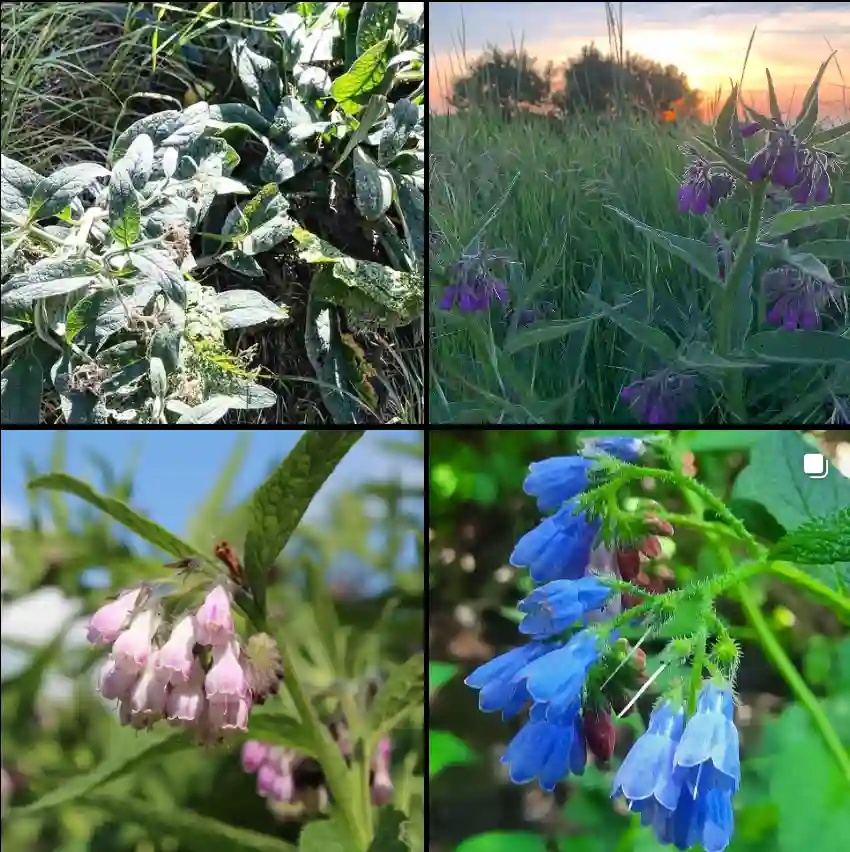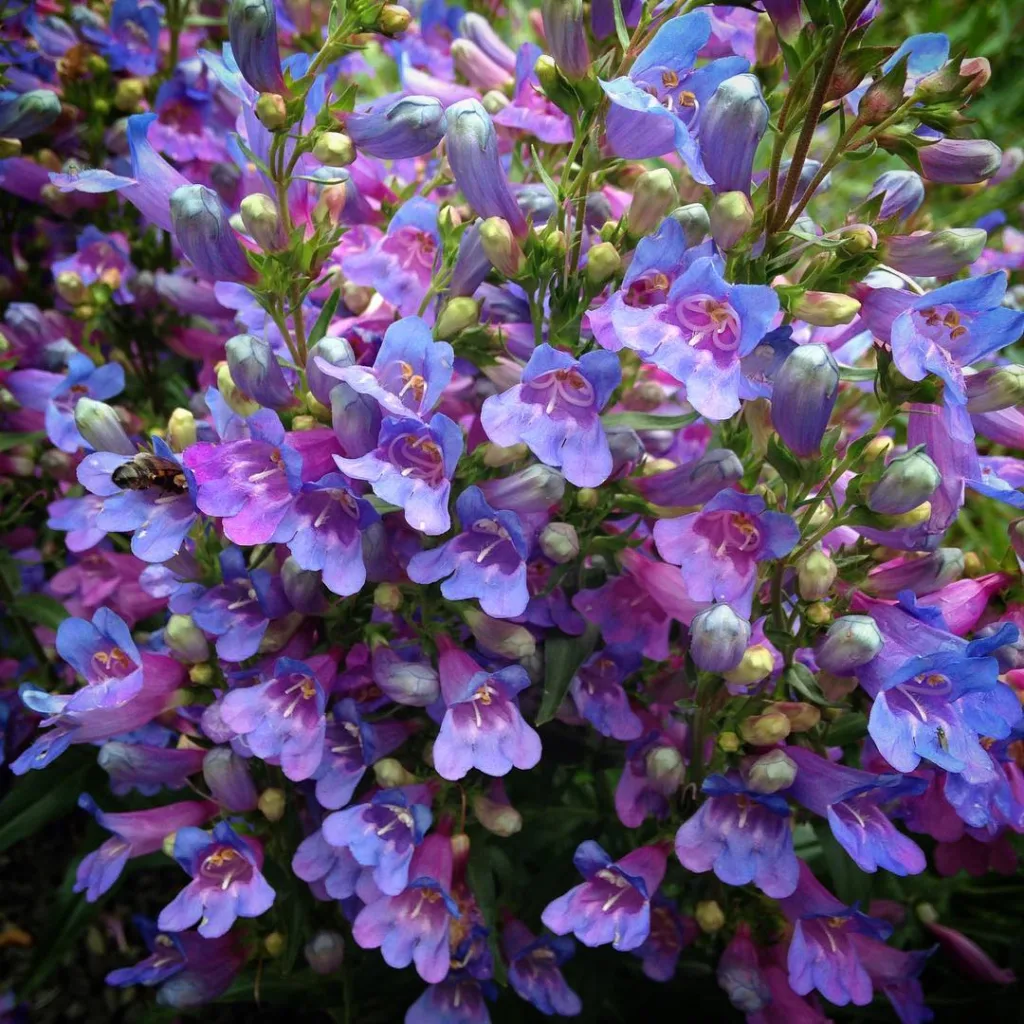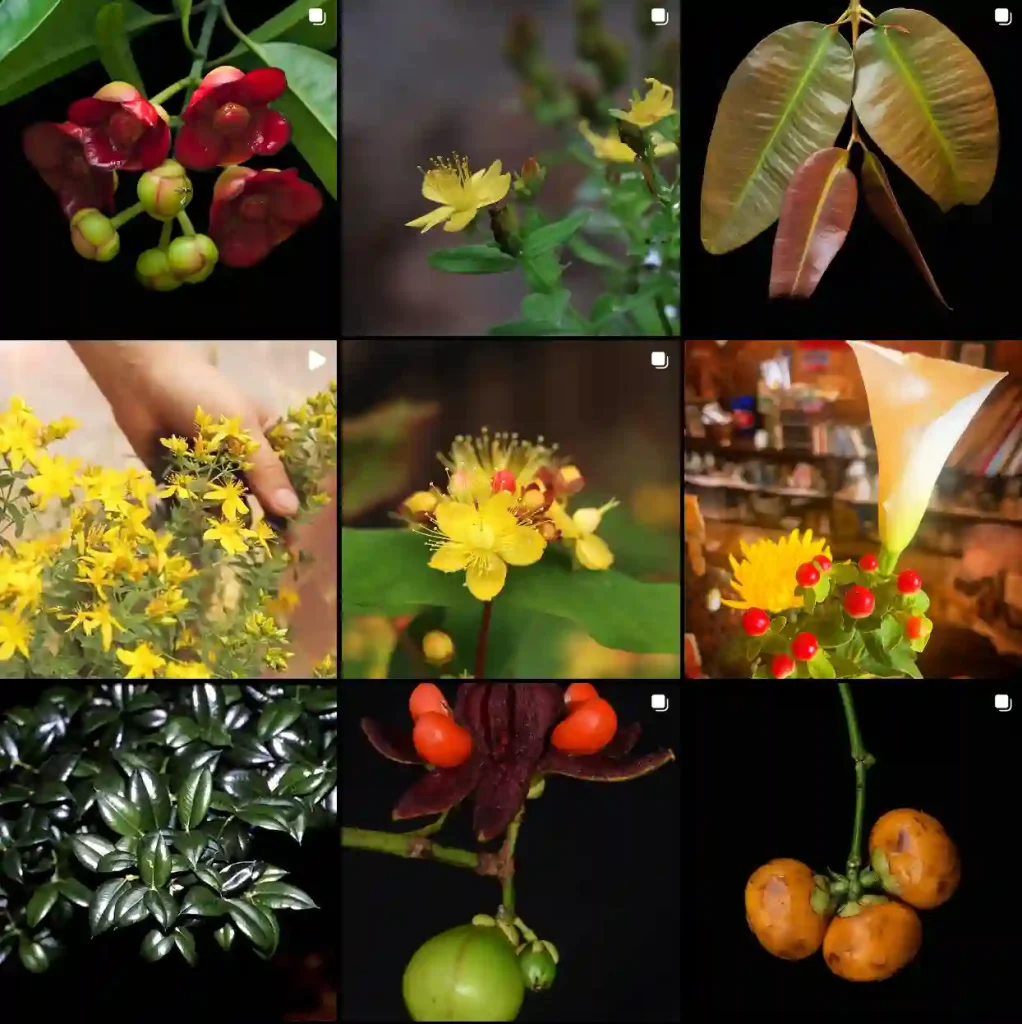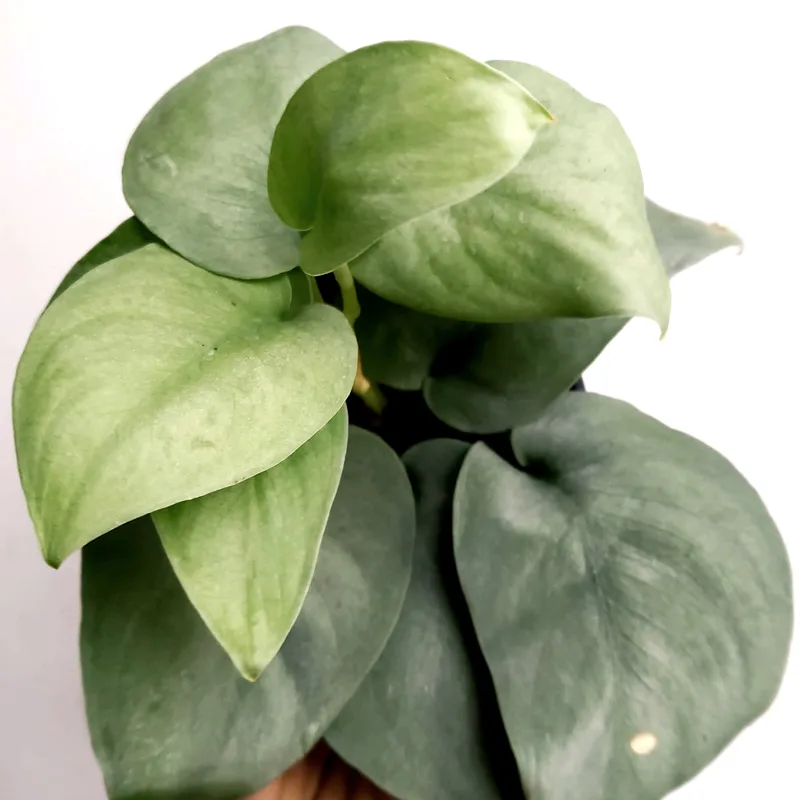Frequently Asked Questions About Magnolia Sieboldii
As a landscape designer with a passion for unique and beautiful flowering shrubs, I’m constantly asked about the Magnolia Sieboldii. This stunning deciduous shrub boasts fragrant white blooms and attractive foliage, making it a captivating addition to any garden. Today, I’ll address some of the most common questions I receive about the Magnolia Sieboldii.
371 Species in Genus Magnolia
What Makes Magnolia Sieboldii Special?
The Magnolia Sieboldii, also known as the Oyama Magnolia, stands out for several reasons. Here are a few:
- Fragrant Blooms: Unlike some magnolias, the Sieboldii offers a delightful fragrance that perfumes the air during its late spring to late summer bloom period. The large, white flowers with a hint of pink at their base create a truly captivating display.
- Unique Flower Shape: The blooms of the Magnolia Sieboldii are cup-shaped and slightly nodding, with a cluster of rose-red stamens adding a pop of color in the center. This unique form adds visual interest and sets it apart from other magnolias.
- Attractive Foliage: Beyond the blooms, the Sieboldii boasts glossy, deep green leaves that provide year-round interest. The leaves are large and ovate, adding a lush elegance to the landscape.
How Does Magnolia Sieboldii Compare to Other Magnolias?
There are many magnolia varieties available, so it’s natural to wonder how the Sieboldii compares. Here’s a quick breakdown:
- Size: The Sieboldii typically grows 15 to 25 feet tall, making it a good choice for gardens with some space. This puts it in the middle range compared to other magnolias, which can range from dwarf varieties to towering giants.
- Bloom Time: The Sieboldii blooms in late spring to late summer, offering a beautiful display when some other early-blooming magnolias have already finished. This extended bloom period extends your enjoyment of the flowers.
- Sun Requirements: The Sieboldii prefers full sun to partial shade, similar to many other magnolias. However, it can tolerate more shade than some varieties, making it a good option for areas with less direct sunlight.
How to plant and care for Magnolia Sieboldii?
If you’ve decided to add a Magnolia Sieboldii to your garden, here are some key things to know:
- Planting: Choose a location with well-drained soil and amend it with organic matter if needed. The Sieboldii prefers slightly acidic soil, so a soil test might be helpful to ensure optimal growth.
- Watering: Water your Magnolia Sieboldii regularly, especially during its first few years and during hot, dry periods. Aim for moist but not soggy soil.
- Fertilizing: A balanced fertilizer applied in early spring can be beneficial for promoting healthy growth and flowering. However, avoid over-fertilizing.
- Pruning: Pruning is not essential but can be done to maintain size and shape. Prune after flowering to avoid removing flower buds.
Common Problems and Solutions
While generally low-maintenance, Magnolia Sieboldii can encounter a few issues:
- Scale: These tiny insects can suck the sap from your plant, causing leaves to curl and yellow. Apply insecticidal soap or horticultural oil to control them.
- Fungal Diseases: In poorly drained soil or with excessive moisture, fungal diseases can attack the leaves. Improve drainage and apply fungicide if needed.
- Iron Chlorosis: Yellowing leaves with green veins can indicate iron deficiency. Use a chelated iron product to address this issue.
Final Thoughts on Magnolia Sieboldii
The Magnolia Sieboldii is a captivating addition to any garden, offering fragrant blooms, attractive foliage, and a unique presence. With proper care, this stunning shrub will reward you with years of beauty and enjoyment. If you’re looking for a conversation starter in your landscape, the Magnolia Sieboldii is sure to impress.
Remember: Consulting with a local nursery or gardening expert can provide specific advice tailored to your climate and growing conditions. With a little planning and care, your Magnolia Sieboldii will thrive, adding a touch of elegance and fragrance to your garden.
If i die, water my plants!



